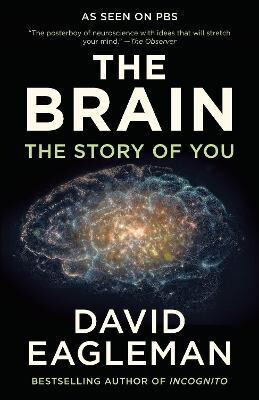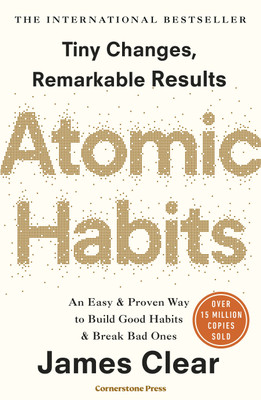
Mohiniyattam An Indian Dance Tradition: A language of Feminine Desire (Hardcover, Mythili Maratt Anoop)
Share
Mohiniyattam An Indian Dance Tradition: A language of Feminine Desire (Hardcover, Mythili Maratt Anoop)
इस प्रोडक्ट पर राय देने वाले पहले व्यक्ति बने
₹1,211
₹1,495
18% off
उपलब्ध ऑफ़र
T&C
Delivery
Check
Enter pincode
डिलीवरी8 मई, गुरुवार|Free
?
जानकारी देखें
Highlights
- Binding: Hardcover
- Publisher: Shubhi Publications
- Genre: Arts
- ISBN: 9788182904347
- Edition: First Edition, 2018
- Pages: 298
सर्विस
- कैश ऑन डिलीवरी उपलब्ध?
Seller
जानकारी
The content of this book was conceived and written ten years ago, when I was a research student IIT Bombay. This book reflects the work I did then: a slice of my own trajectory in pursuing dance studies. As I started reading in the area of Indian dance scholarship, I was aware of the dominant trend of Sanskrit-text-based scholarship in the field. With a background in Literature and Communication studies, and with the modern and post-modern theories of art that IITB armed me with, I was persuaded to approach the dance I pursued in that light. I believe, there is something to be gained by using a novel approach, and the HSS Department of IIT Bombay gave me the right milieu, free from the shackles of traditionalist thinking, to pursue that. Mohiniyattam as a dance form has grown and flourished. With so many practitioners in the form located across the globe, it is ironical that dancers still claim to ‘preserve’ and ‘promote’ a ‘dying’ art. With very little funding and support for a majority of practitioners, they still need to be appreciated for the efforts they make to expand the repertoire. The scholarly and critical interest in the form is also growing. The work of Justine Lemos on the history of the form1 is a significant contribution. There are also dancers working on several practice-based areas of research. In the context of the writings available today on Mohinyattam, this book attempts to approach the dance as a ‘language’, one that creates the space for the expression of ‘feminine’ desires. I am aware that there will be several voices, eager to dismiss this work as full of modern or Western theory (as was my experience at a conference, where, a senior dance critic wrote hurriedly in the fashion of a dance review that too many Western scholars were quoted in my work! I realized then, that ‘Western scholar’ is a bad word in Indian Dance scholarship). Well, we live in modern times, and our classical dances are no more rituals or sacred offerings to the divine. Modern theories, if anything, help us to approach classical dances as instances of human behaviour at par with other kinds of body language.
Read More
Specifications
Book Details
| Publication Year |
|
Dimensions
| Width |
|
| Height |
|
| Depth |
|
| Weight |
|
Safe and Secure Payments.Easy returns.100% Authentic products.
Back to top




